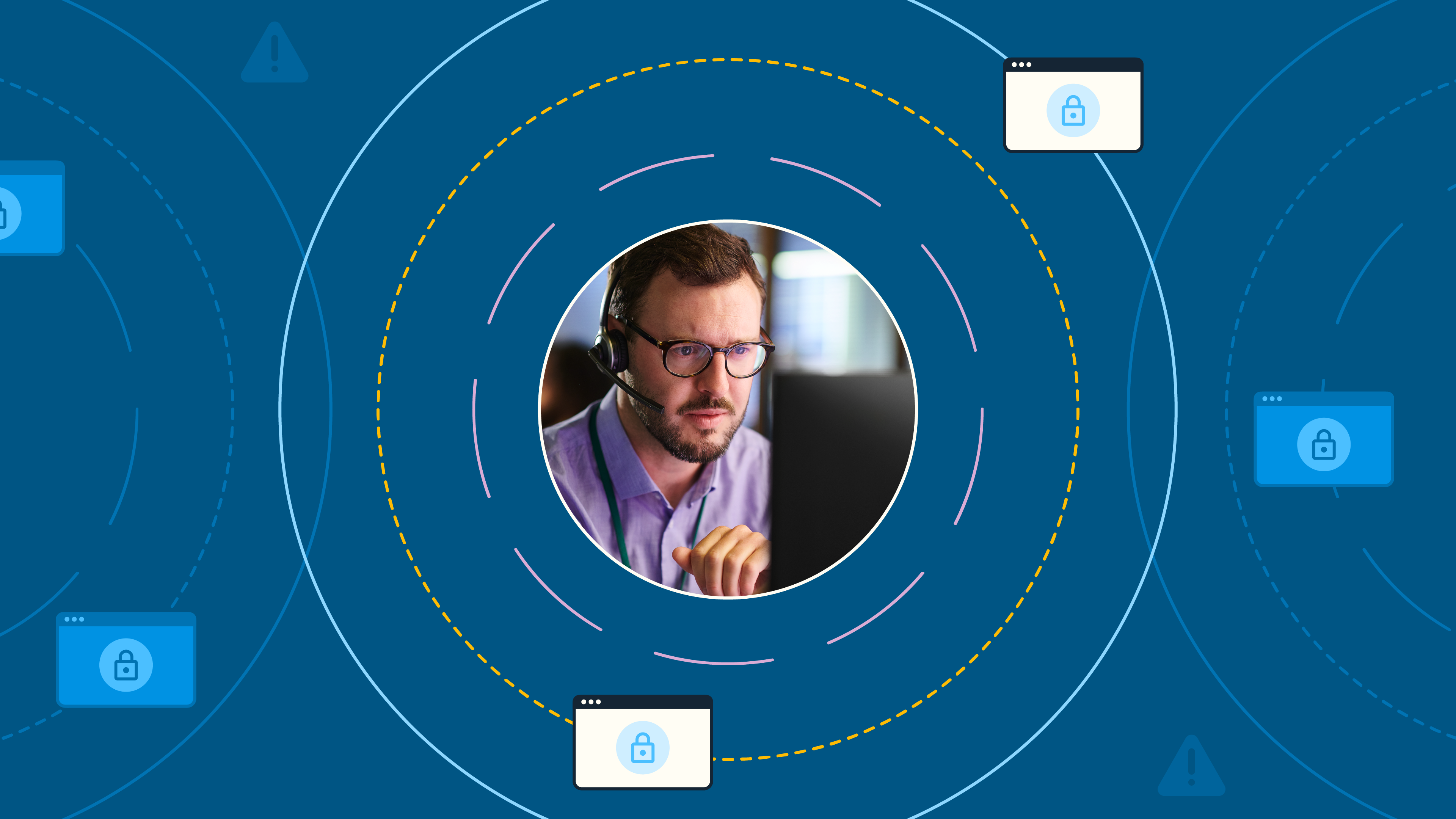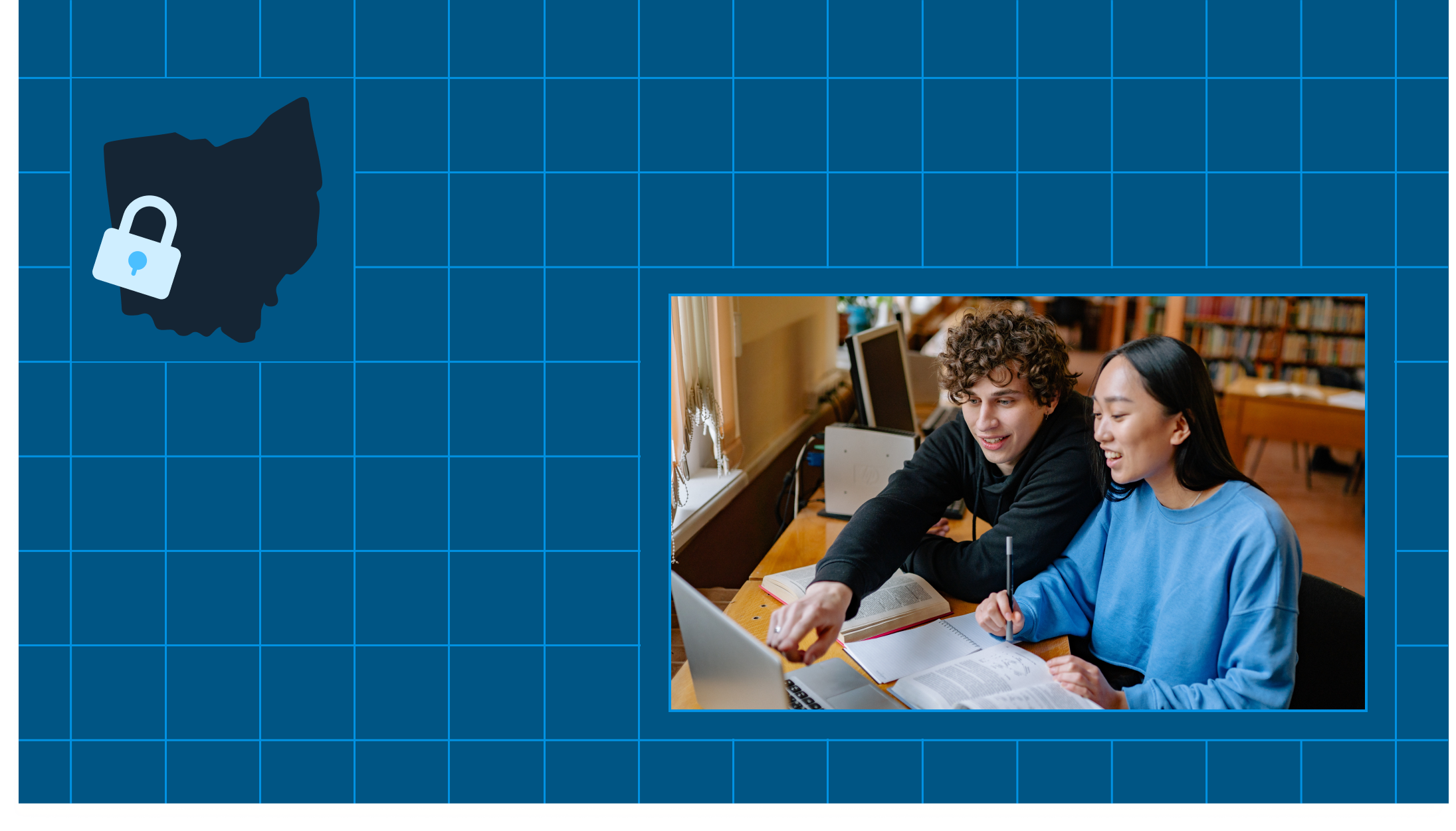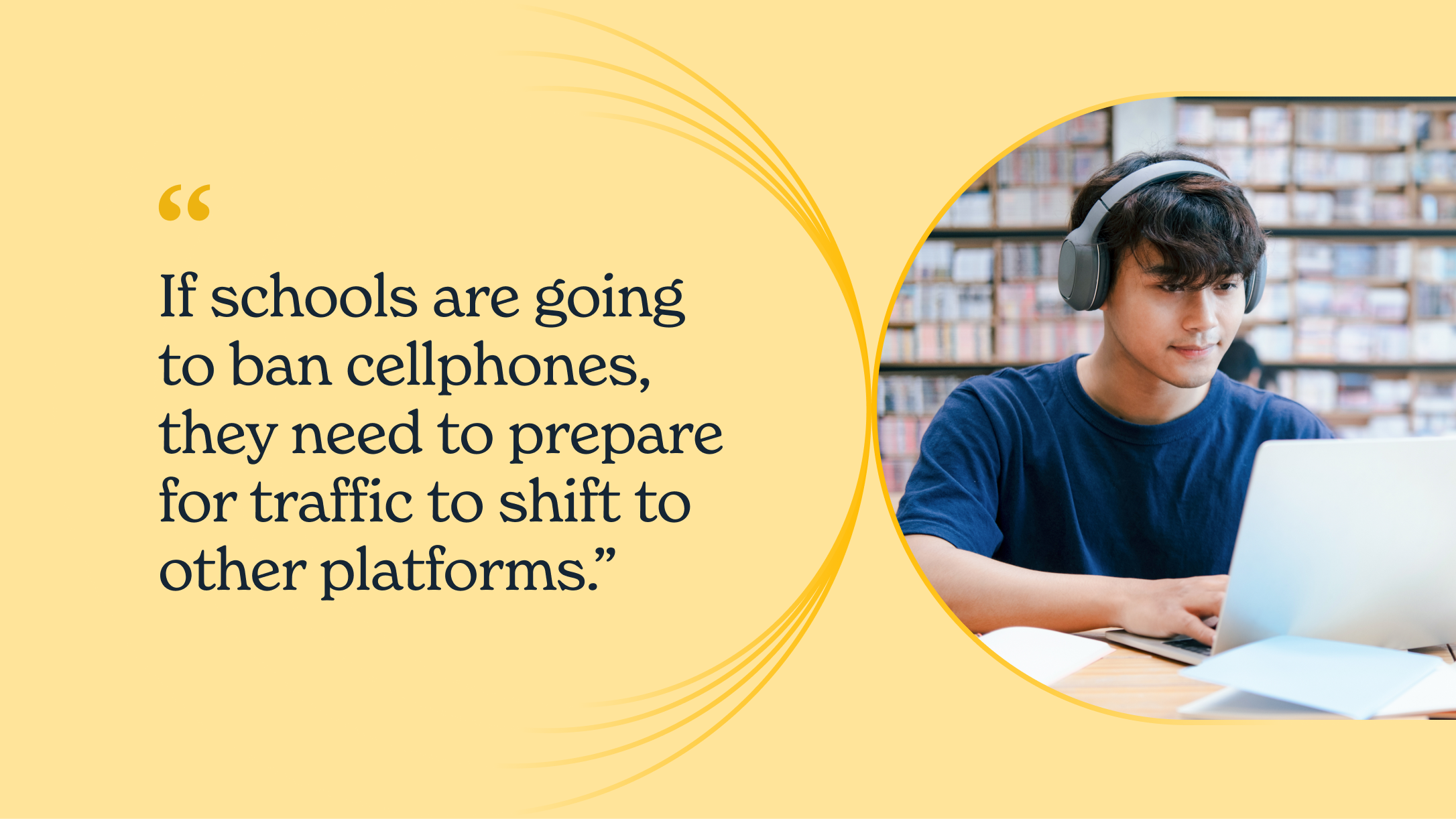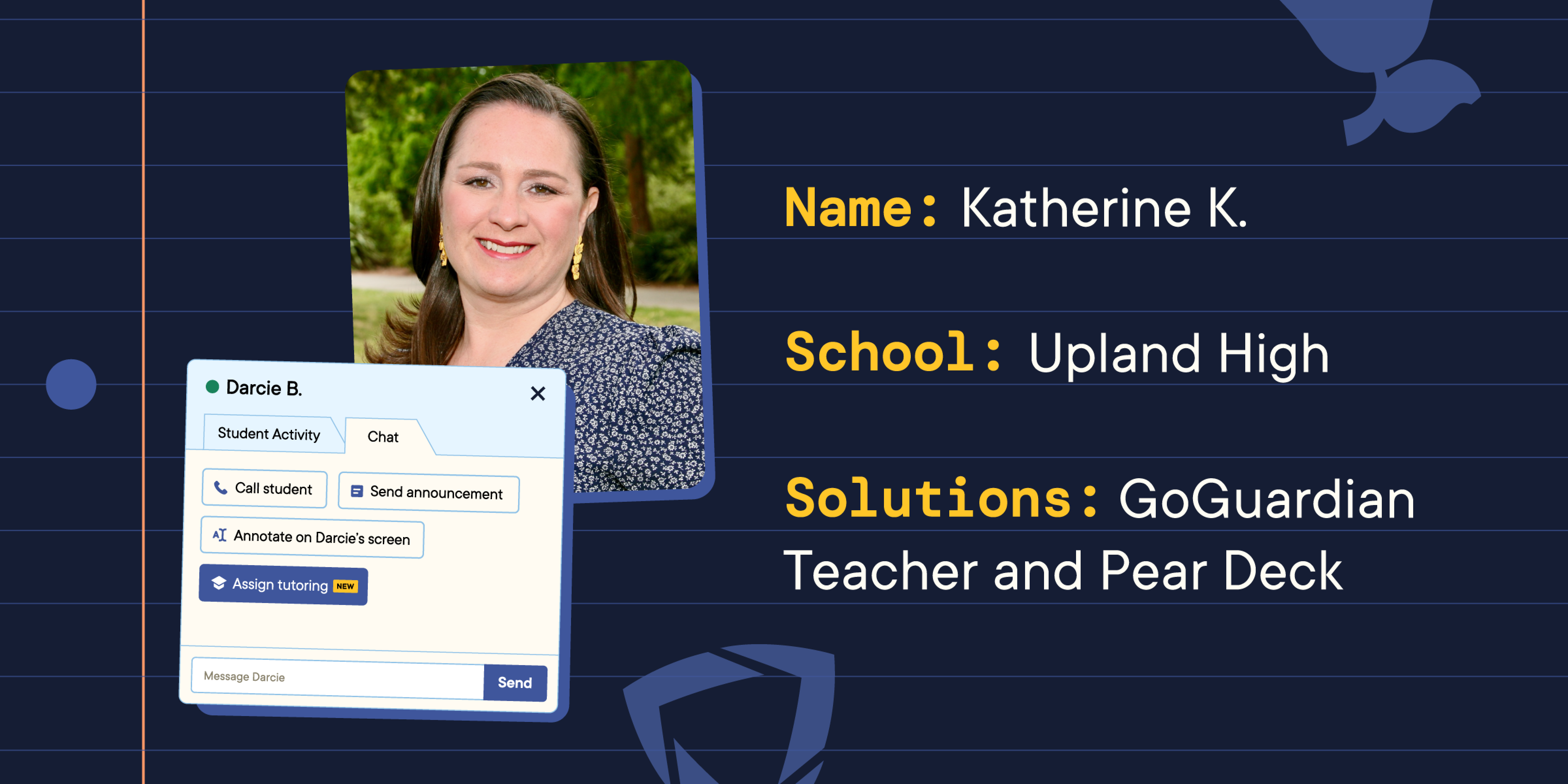Recognizing the subtle signs of student distress can be daunting. With thousands of students, important indicators can easily be overlooked, leaving some without the crucial support they need.
In this context, leveraging technology like GoGuardian Beacon is not just beneficial but essential. Beacon serves as a vital component of a district's safety and mental health strategy, using advanced detection to spot early warning signs and promptly notify the right responders.
To facilitate a successful and effective implementation of GoGuardian Beacon, we turned to GoGuardian’s Student Safety Subject Matter Expert, Tracy Clements, M.Ed., LPC. Tracy brings over 30 years of experience in the mental health field, with roles in K-12 public education, private practice, child advocacy, inpatient mental health, and child protective services. Her extensive background has equipped her to help numerous districts effectively deploy Beacon, enhancing their ability to monitor and respond to student needs effectively.
Outlined below are the critical phases derived from Tracy’s deep expertise, designed to help districts implement GoGuardian Beacon successfully and ensure it integrates seamlessly into existing support structures.
Phase 1: Planning and preparation
Determine deployments
Begin by evaluating each school building within your district to decide how to structure each deployment effectively. It's essential each building operates as a separate deployment to manage alerts properly and ensure coverage, preventing any single person from becoming overwhelmed.
Compile baseline metrics
Establish the metrics that will help you track the effectiveness of Beacon in your schools. This should include both proactive and reactive indicators, such as the number of meaningful interventions resulting from Beacon alerts. Integrate these metrics into your existing data collection systems.
Assign designated responders and roles
Identify who within your existing response structure will receive alerts for self-harm and who will handle threats of violence. These individuals must be qualified for these specific types of alerts. Not all responders need to receive all alerts if you have separate teams for suicide prevention and violence threats.
Phase 2: Structuring your response team
Assign designated responders and roles
Identify who within your existing response structure will receive alerts for self-harm and who will handle threats of violence. These individuals must be qualified for these specific types of alerts. Not all responders need to receive all alerts if you have separate teams for suicide prevention and violence threats.
Define response protocols and expectations
Align Beacon’s alert response protocols with your existing policies. What is the expected time frame for each phase? Do you have existing expectations for certain levels of concern? What is the expectation for responses during the school day? During out-of-school hours?
Clearly define the expected response times and protocols for various levels of alerts, both during school hours and after.
Phase 3: Communication and training
Develop a communication plan
Transparency is key. Plan how you will communicate the adoption and use of Beacon to staff, caregivers, students, and the broader community. Determine when you will schedule meetings with each group of stakeholders, and begin with training for designated responders, followed by informational sessions for staff, guardians, and students.
Train designated responders
GoGuardian provides comprehensive online training covering the use of alert cards and dashboards. Ensure all responders understand their roles, response protocols, and where they can get further assistance if needed.
Inform stakeholders
Utilize GoGuardian’s template or develop your own presentation materials to inform all stakeholders about how and when alerts will be handled, and how communications with guardians will be managed regarding alerts.
Phase 4: System configuration
Activate Beacon for designated staff in OrgManagement
Ensure someone with SuperUser access in OrgManagement adds all designated responders to the system, enabling them to manage alerts effectively. This must be done before the SuperCounselor can create escalation lists.
Determine desired settings
Discuss and agree upon the initial settings for Beacon alerts. You can refer to our best practices to support these set-ups. It's advisable to start conservatively to allow staff to adapt without feeling overwhelmed. Decide how alerts will be escalated within the system — whether simultaneously to all responders or sequentially.
Set deployment settings
A SuperCounselor should configure the settings for each deployment as agreed upon in the planning phase.
Create escalation lists
Develop a clear hierarchy for how alerts should be escalated, who will be included on each deployment’s list for self-harm (SSH) and threats and violence (T&V), and how after-hours alerts will be handled. A SuperCounselor should enter escalation lists as agreed upon. It is necessary that IT has added the users in OrgManagement and enabled Beacon before this step can be completed.
Phase 5: Ongoing monitoring and evaluation
Review settings and adjust as needed
Establish a feedback system, such as shared documents or regular meetings, to monitor how the deployments are functioning and make necessary adjustments.
Monitor dashboard
Ensure key administrators or counseling department heads regularly check the dashboard to monitor unresolved alerts, assess workload, and ensure all alerts are being addressed promptly.
Monitor for trends and additional needs
The counseling department head or an administrator should regularly check to ensure all alerts are being addressed. This is quickly achieved by viewing the dashboard to determine the number of alerts that need action, are in progress, or are resolved.
Schedule regular check-ins
Counselor administrators should log into the dashboard regularly to identify deployments struggling to address alerts, address additional needs, identify areas for improvement, assess workload, etc.
Phase 6: Post-implementation review
Compile post-intervention metrics
Periodically gather data related to the identified metrics to evaluate the effectiveness of the interventions and overall system performance.
Using technology to support student mental health
Implementing Beacon is not just about deploying a new tool; it's about fostering a safer and more responsive educational environment. These steps are guidelines your district can follow to maximize the benefits of Beacon and ensure all students receive the attention and care they need.
Learn more about bringing Beacon to your district.
About the author
Tracy Clements
K-12 Student Safety Subject Matter Expert
Tracy Clements, M.Ed., LPC, PSC (Master of Education, Licensed Professional Counselor, and K-12 Professional School Counselor) is the K-12 Student Safety Subject Matter Expert for GoGuardian and an adjunct professor for Lindenwood University. She has 30 years of experience in the mental health field encompassing K-12 public education, private practice, child advocacy, inpatient mental health, and child protective services.









